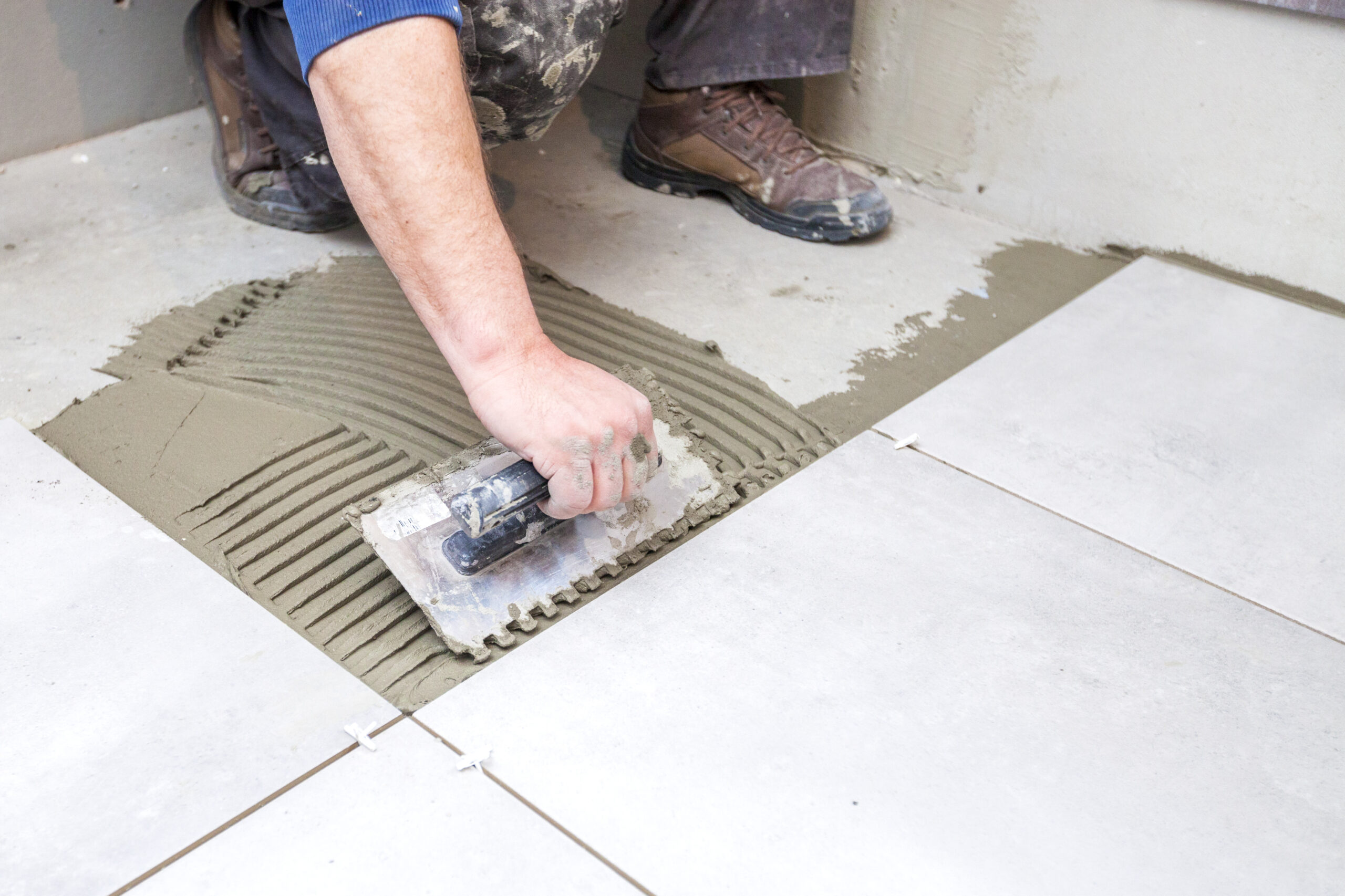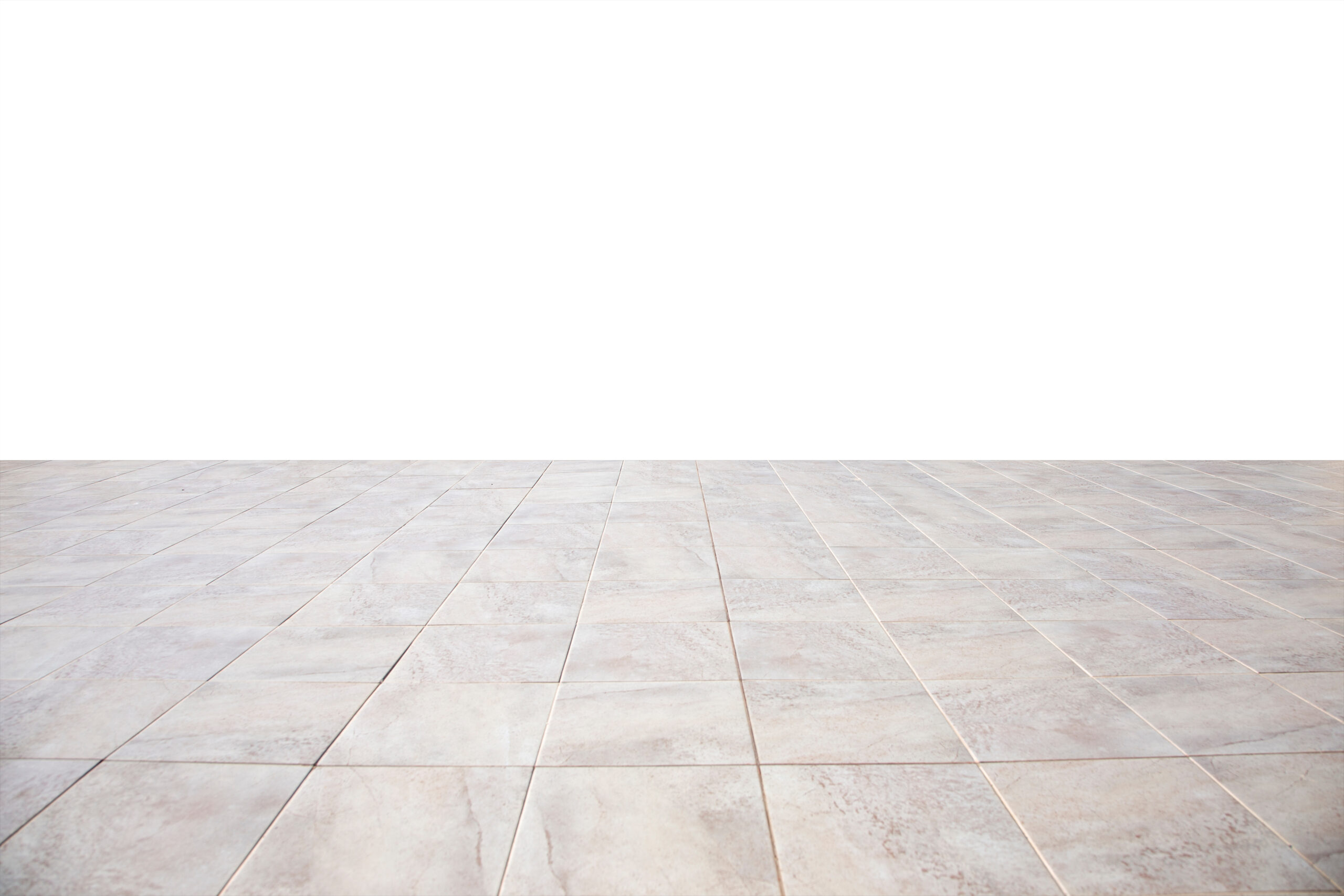When deciding to install tiles in your home, it is important
to be well-informed about the materials you are using. It is crucial to choose
the right adhesive to ensure the durability of the project. With so many
options on the market, it can be difficult to determine which adhesive to use,
but with a little patience and attention to detail, you can choose the right one
for your project.
Firstly, it is important to consider a number of aspects
when selecting an adhesive. The correct choice of adhesive is closely related
to the resistance and durability of the installation project, which prevents
the tiles from coming loose, cracking, or allowing water infiltration. The
adhesive for tiling is selected based on: the type of ceramic tiles (absorption
grade, resistance to freezing, tile size, etc.), the surface of the substrate
(cement, plaster, drywall), the location of use (interior or exterior, in a wet
environment such as a bathroom, on a horizontal or vertical surface, in a
high-traffic area, etc.).
There are two categories of ceramic tiles depending on the
method of manufacturing: extruded (Class A) – obtained by deforming the
material using a special device, resulting in a strip that is cut into tiles at
predetermined lengths; they can be glazed or unglazed; dry pressed (Class B) –
resulting from a fine mixture, ground and pressed in molds at high pressure;
they can also be glazed or unglazed.
Adhesives Types
There are several types of adhesives on the market depending
on the material they are made of. The most commonly used types of adhesives for
ceramic tiles are those based on mineral binders (also known as cement-based
adhesives). These have the letter “C” on the packaging.
Cement-based/Mineral-based adhesives (Type C) are divided
into two main classes: normal adhesives (Class 1) and improved adhesives (Class
2). Normal adhesives (C1) are used in standard conditions when the substrate is
standard (cement plaster, cement screed) to attach ceramic tiles inside (not in
an environment exposed to moisture or with large temperature variations).
Improved adhesives (C2) are used in difficult conditions such as wet
environments, acidic environments, in the presence of underfloor heating
systems, when installing over other ceramic tiles, etc.
1.Normal class C1 adhesives
C1 normal setting
C1E normal setting with extended open time
C1F rapid setting
C1FT rapid setting with reduced slip
2.Improved class C2 adhesives
C2 improved with additional characteristics
C2E improved with additional characteristics and extended
open time
C2F improved with rapid setting
C2S1 improved and deformable
C2S2 highly improved and deformable
Examples of choosing the right adhesive: for porcelain tiles
(absorption < 0.5%), a C2S1 adhesive should be used; for a bathroom, an
improved C2 adhesive should be used; for exterior tiles, a C2 adhesive should
be used; for large-sized tiles, a flexible adhesive (S1 or S2) is recommended;
for wet areas, terraces, and underfloor heating, a C2S1 adhesive should be
used.
Adhesives for interior and exterior
When choosing adhesives for exterior use, it is important to
consider that they need to be suitable for wet spaces and for large temperature
fluctuations. Waterproof adhesives, for example, are ideal for tiling
bathrooms, as well as for terraces or verandas that are not entirely protected
from the elements. Initially, waterproof adhesives were used for fountains and
swimming pools. Their composition includes additives with strong bonding
properties, as well as other substances that provide resistance to moisture and
water. Although waterproof adhesives are suitable for bathrooms, some people
prefer those with strong fixing properties for added safety, including in
outdoor spaces. Universal adhesives are used in a wide range of exterior works,
such as building facades, as well as interiors, such as tile flooring. However,
it is important to note that this adhesive is not suitable for large tiles and
cannot support heavy weights. Universal adhesive is suitable for standard sized
ceramic and porcelain tiles. Generally, for one square meter, two to six
kilograms of adhesive are needed, depending on the application and the space to
be arranged.
Ceresit CM 9 (type CIT) vs CM 11 (type C1T) vs CM 17
(type C2TES1) – what are the differences between them
Ceresit CM 9 adhesive is ideal for standard tiling. Ceresit
CM 9 adhesive for tile and ceramic installation can be used for any type of
tile and ceramic with thicknesses between 5 and 15 mm. The adhesive can only be
used for ceramic tiles with a water absorption greater than 3% (E>3%). CM 11
PLUS is an improved adhesive, with superior workability and adhesion, which
allows for the installation of porcelain tiles only indoors. Ceresit CM 17 is a
flexible gray adhesive for ceramic and natural stone tiling on critical
surfaces indoors and outdoors in permanently wet environments. Ceresit CM 17
adhesive can be applied on load bearing, compact, clean, and dry surfaces
without substances that could hinder adhesion (such as fats, bitumen, dust),
such as concrete with a minimum age of three months, cement screeds (at least
28 days old). Areas of use include: ceramic and natural stone tiling; absorbent
and non-absorbent substrates; bonding on deformable substrates such as gypsum
boards, treated OSB, or chipboard; indoor, outdoor and permanently wet
environments; application in residential, public or commercial buildings;
mosaic tiles on concrete swimming pools; bonding on critical surfaces and on
surfaces sealed with cement-based waterproofing; balconies and terraces; and
water tank tiling. The adhesive mixture is obtained by adding clean water
(approximately 6.5 liters of water to 25 kg of adhesive powder) in a clean
container, then adding the adhesive from the bag and homogenizing it with a
mixer. After a waiting time of 5 minutes, the homogenization process is
resumed. Follow the manufacturer’s instructions regarding the mixture and dosages,
to obtain a homogeneous paste, without lumps, that can be easily applied with a
notched trowel, in a uniform layer.





